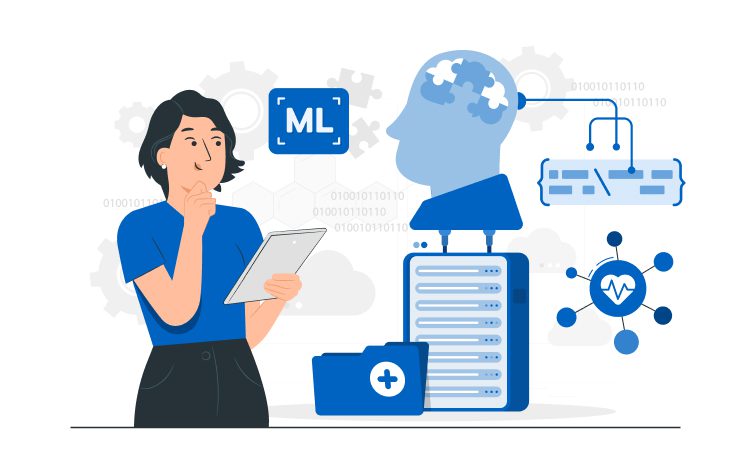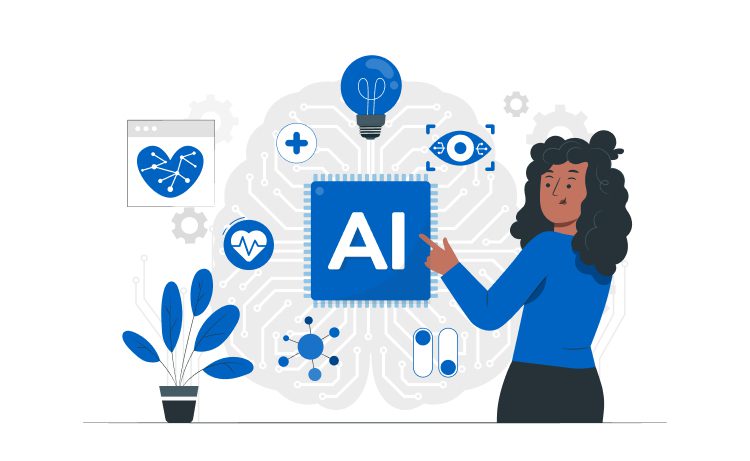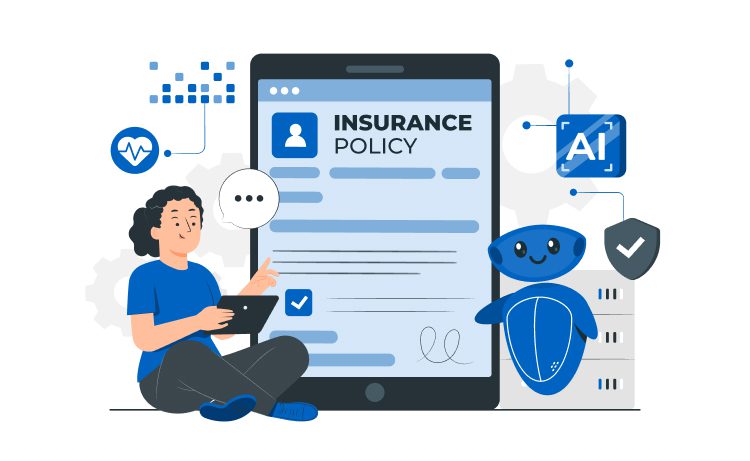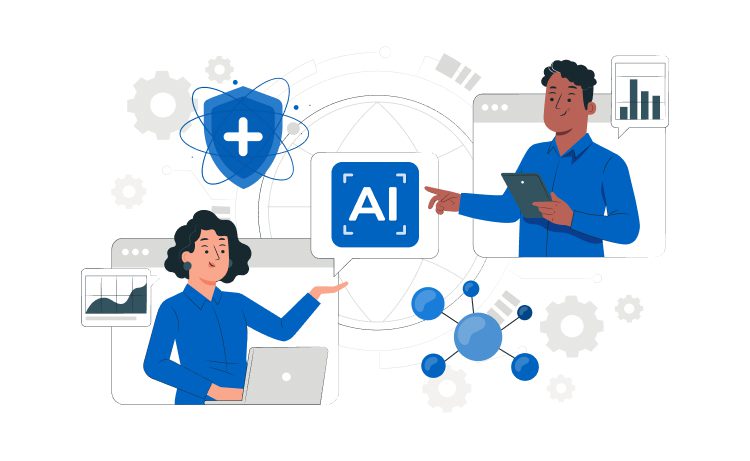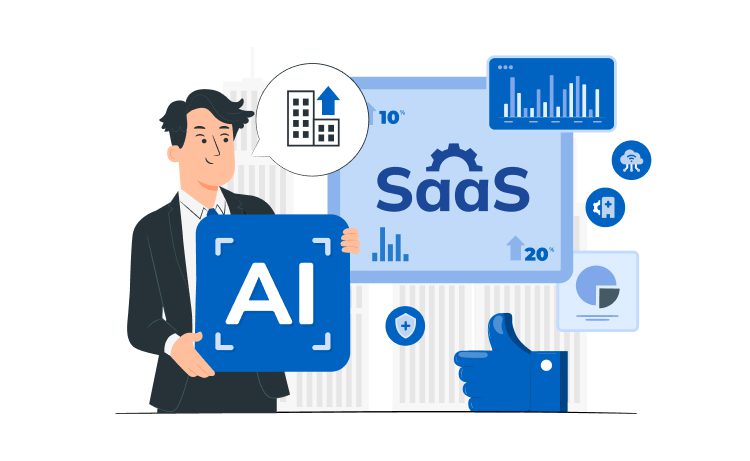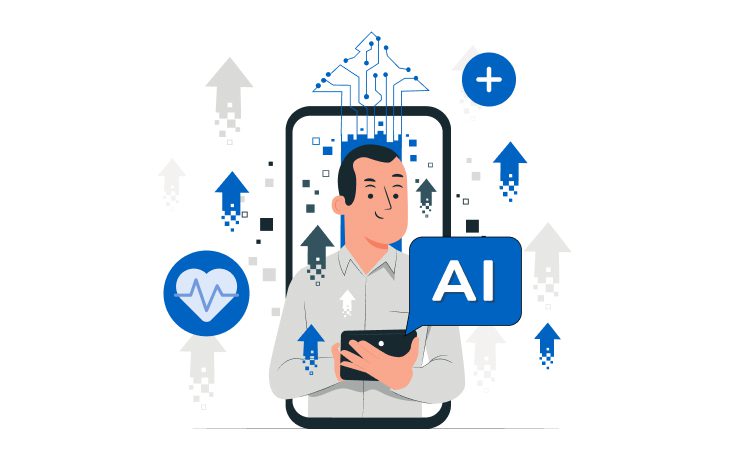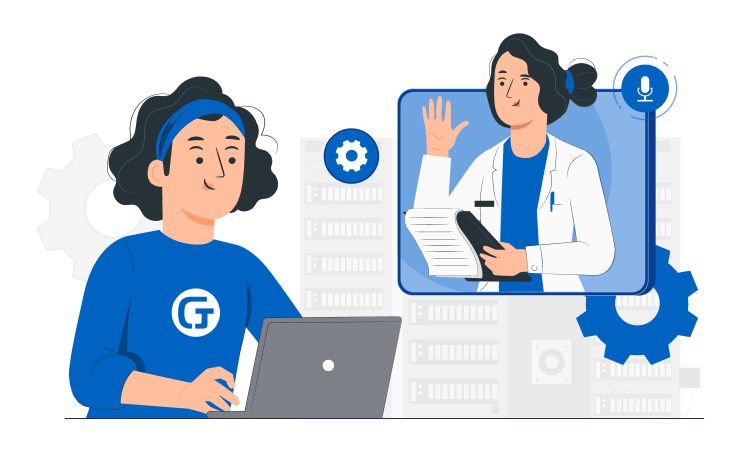
Doctor On-Demand App Development: What to Expect in 2025



The healthcare industry is witnessing a transformative shift with the rise of doctor on-demand apps. These remarkable digital platforms are revolutionizing the way patients access medical advice and services. The total global mHealth market forecast in 2025 will reach 332.7 billion USD (Statista), with a CAGR of 11.6% from 2023 to 2030 (Grand View Research). 90% of physicians now use mobile phones at work to access electronic health records, connect with other doctors, look up information, or manage their schedules.
The COVID-19 pandemic has accelerated the adoption of telehealth solutions, including on-demand doctor consultation apps. Isn’t it incredible to think that, with just a few taps on your smartphone, you can connect with licensed physicians and medical specialists from the comfort of your home? Let’s dive into the world of healthcare app development and doctor on-demand app development and explore what to expect in 2023.
Content
The growing popularity of doctor on-demand apps is driven by factors such as increased mobile usage, convenience, and the impact of COVID-19 on healthcare delivery.
These apps, like Visitry, Doctor On Demand, and Teladoc, have made medical services more affordable and easily available to patients across the globe. Who wouldn’t love the idea of skipping the waiting room and getting immediate access to medical professionals through a simple app?
One of the coolest features of doctor on-demand apps is their ability to connect patients with their healthcare provider and a network of expert physicians through an online doctor appointment app.
Whether you need a quick consultation, doctor appointments or a detailed analysis of your medical condition, these apps have you covered. And it’s not just about convenience; these platforms also provide top-notch medical services, thanks to their quality-enriched features, awesome functionalities, and seamless user experience offered by a doctor on demand application.
The impact of on demand doctor apps on healthcare delivery has been nothing short of extraordinary. They have successfully addressed the challenges of accessibility, affordability, and quality in medical services.
Given the increasing demand for such healthcare apps, it’s imperative that providers become well-versed with the needs of their customers and respond by creating novel solutions tailored to a changing market.
The development of a successful doctor on-demand application requires careful consideration of several fundamental components, which is why doctor appointment app development and demand doctor app development have become increasingly important.
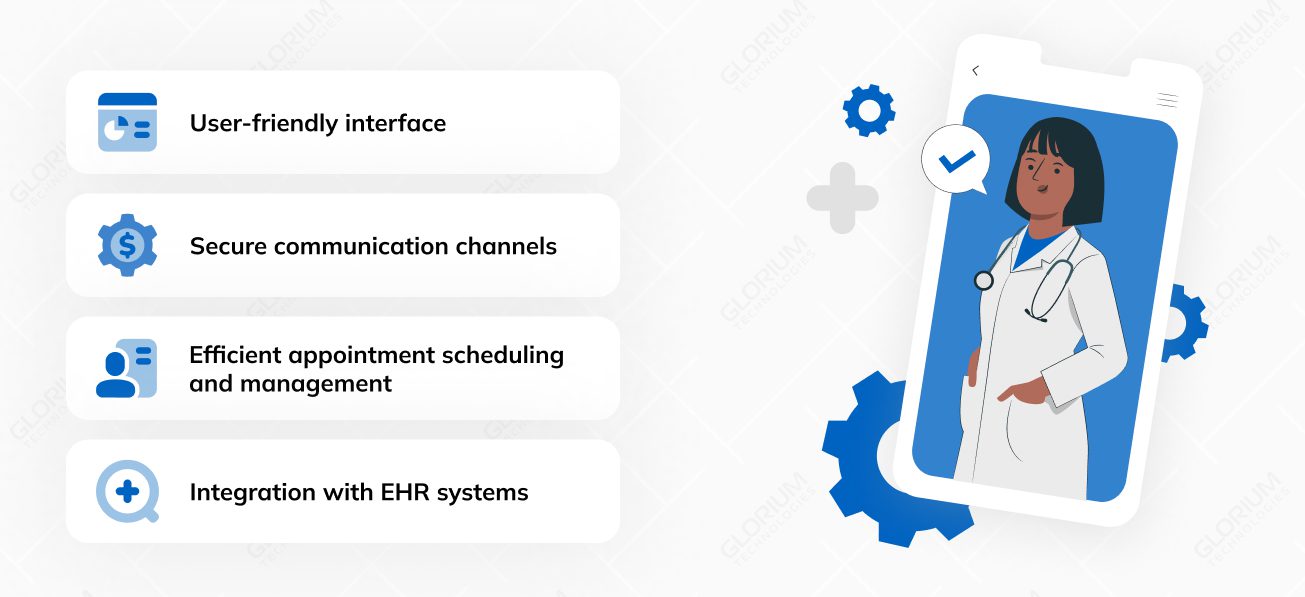
In the subsections to follow, each of these vital aspects will be examined in depth, providing insights into their significance in the process of developing a doctor on-demand application.
A well-designed user interface and experience are absolutely essential for attracting and retaining users. The app should have the following features:
All of these features contribute to an engaging and user-friendly app. One of the keys to a successful user interface and experience in doctor app development is understanding the needs and preferences of your target audience. This includes incorporating doctor app development features that cater to both patients and providers.
For instance, patients may appreciate convenient appointment booking, easy consultation fee submission, and in-app chat, while providers can benefit from a consolidated view of patient medical history and appointment management features.
Given the sensitive nature of medical data, securing communication channels for doctor on-demand apps is of utmost importance. Some essential features for protecting patient privacy and ensuring HIPAA compliance include:
These features ensure the highest standards of security for doctor on-demand apps. Besides messaging, real-time chat is another important feature for doctor on-demand apps, enabling seamless communication between patients and providers. By incorporating secure communication channels and tools, developers can create a trustworthy platform that safeguards sensitive patient data and adheres to strict healthcare regulations.
Efficient appointment scheduling, appointment requests, and management features play a significant role in streamlining the process for both patients and providers. These features allow patients to:
Providers can also benefit from these doctor booking app development features. These appointment management features not only improve workflow but also contribute to a better user experience for both patients and providers. By incorporating these features, developers can create a platform that caters to the needs of all its users, ultimately enhancing patient outcomes and the overall healthcare experience.
Integration with EHR (Electronic Health Record) systems is another crucial aspect. EHR integration allows for:
EHR integration also ensures compliance with healthcare regulations in the , including HIPAA and GDPR, by protecting patient privacy and securing personal health information. By incorporating EHR systems into an application, developers can create a platform that is not only user-friendly but also adheres to the highest standards of data security and regulatory compliance.
Choosing the appropriate tech stack for the doctor app development process is vital for creating a seamless user experience and assuring app scalability. Selecting the appropriate tech stack, such as React Native or Flutter, plays a crucial role in the overall success and performance of the app.
Understanding your target audience and the features that meet their needs is the first step in selecting the right technology stack. For instance, if video consultations are a primary feature of your app, incorporating a powerful video calling API or SDK is vital. Similarly, if your app needs to handle large volumes of patient data, choosing a robust database solution is essential.
Apart from the frontend and backend development frameworks, it’s important to consider other aspects of the tech stack, such as cloud services, third-party APIs, and security tools. By carefully evaluating the requirements of your doctor on-demand applications and selecting the right technology stack, you can create a platform for healthcare professionals that delivers an exceptional user experience and scales with your growing user base.
Having a robust monetization strategy in place is vital for the financial success of your application. Some of the popular monetization strategies for doctor on-demand apps include:

A commission-based model involves charging a percentage of the patient’s total fees per consultation or appointment, while feature-listing allows providers to pay for premium placement in search results or listings. In-app advertising can generate revenue through sponsored content or targeted ads, and subscription-based models offer users access to premium features for a monthly fee.
White labeling or licensing allows healthcare applications to offer their platform and infrastructure to providers, hospitals, or insurance companies, who can customize it per their needs, with the app earning revenue through licensing fees.
For the success and security of a doctor on-demand app, compliance with healthcare regulations like HIPAA and HITECH is absolutely vital. Compliance with these regulations protects patient privacy and ensures the security of their personal health information.

To achieve this, developers must implement secure communication channels, like encrypted messaging and video calls, and adhere to strict data storage and handling practices. In addition to compliance, doctor appointment app security is of paramount importance. Robust security tools and measures should be employed to protect sensitive patient data from unauthorized access or breaches.
By prioritizing compliance and security in the app development process, developers can create a trustworthy platform that safeguards patient information and adheres to strict healthcare regulations.
Development of doctor on-demand apps presents several challenges.
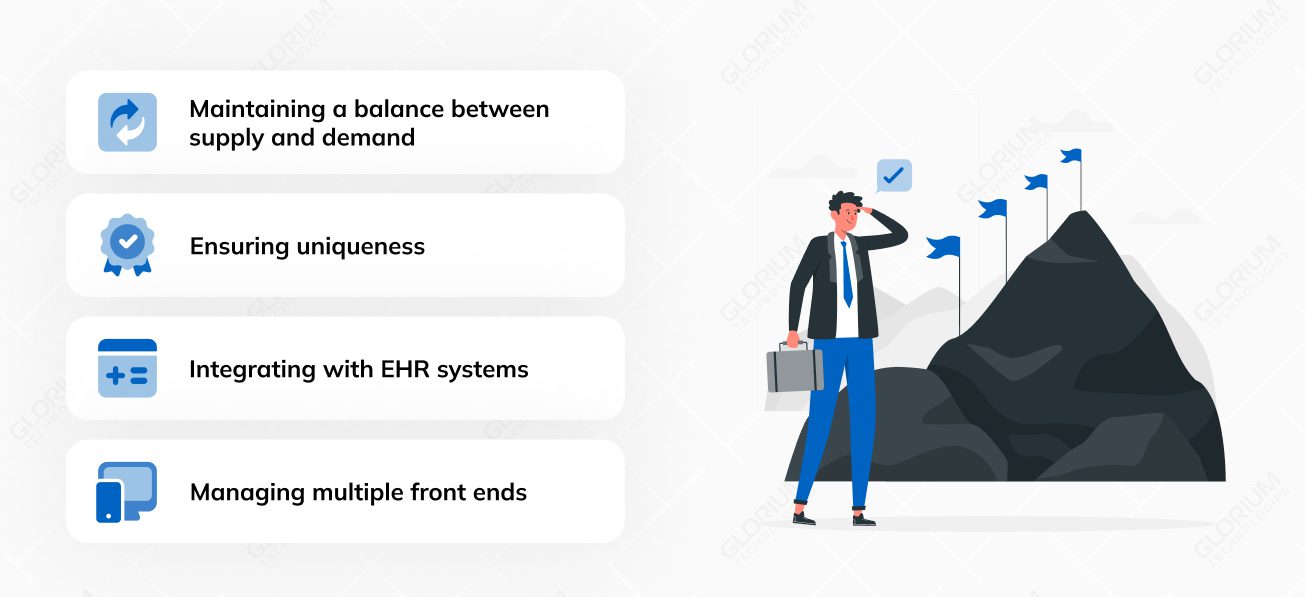
However, there are effective solutions to overcome these challenges and create a successful app. Check out our article on telemedicine app development to learn more.
To tackle the supply-demand balance issue, simplifying the onboarding process for providers is essential. This can be achieved by partnering with clinics or employing doctors directly, thus ensuring a steady supply of providers on the platform.
Focusing on user experience is key to making your doctor on-demand app unique and appealing to users. By offering innovative features and a seamless user experience, your app can stand out in a crowded market.
Handling multiple front ends can be challenging, but a web-based front end for providers can be an effective workaround. This eliminates the need to write code for iOS and Android, streamlining the development process and reducing the complexity of maintaining multiple front ends.
The integration of AI, IoT, and other cutting-edge technologies promise a bright future for doctor on-demand apps, playing a significant role in their evolution.
AI and machine learning can be used to gather and analyze patient data, providing valuable insights into their health conditions and enabling personalized treatment plans. Augmented reality and virtual reality technologies can also be incorporated to enhance the overall user experience and offer innovative solutions for patient care.
As the global telehealth market continues to grow, doctor on-demand apps will remain at the forefront of this trend, offering patients improved access to healthcare services and better outcomes. The focus on convenience, cost-effectiveness, and quality care will continue to drive the demand for these apps, paving the way for further innovation and development in the healthcare industry.
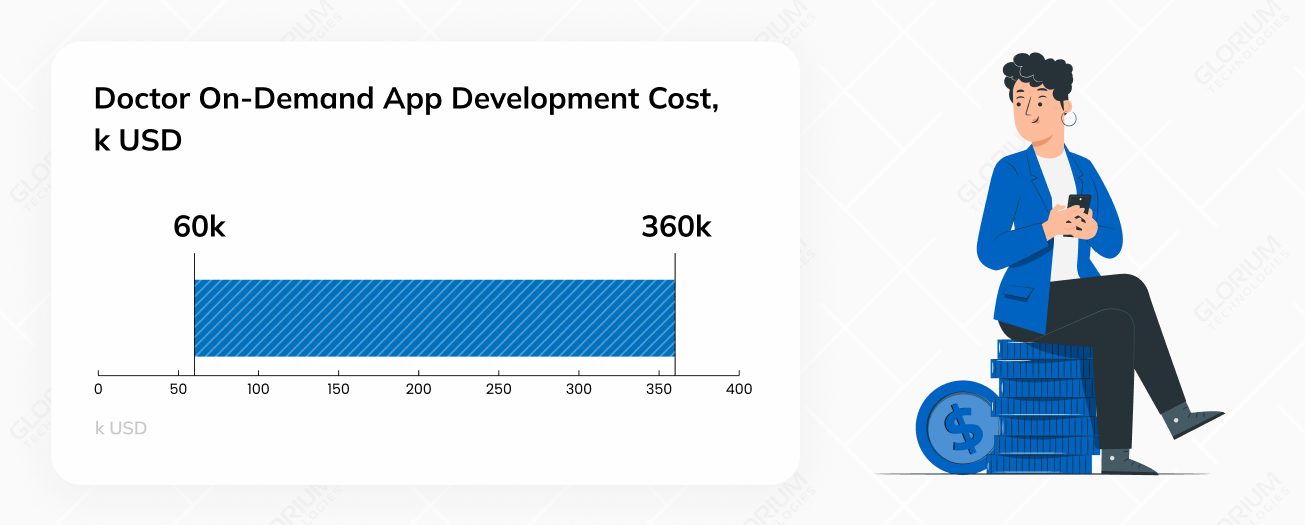
The development cost of a doctor on-demand app can fluctuate based on various factors like location, features, and complexity. Estimates range from $60,000 to $360,000, depending on the specific requirements of the project.
It’s crucial to consider these factors to avoid surprises and ensure that the cost estimate fits your company’s financial capabilities. Working closely with your app development team, outlining your requirements, desired features, and target audience is essential for obtaining a more accurate cost estimate.
By clearly defining the scope of the project and setting realistic expectations, you can better assess the overall cost of developing your doctor on-demand app and ensure a successful outcome with the help of demand mobile app development services.
The success of your project hinges on the selection of the right company. Here are some tips to help you make the right choice:

First, understand your target audience and their needs. This will help you identify the features and functionalities that are most relevant to your users, ensuring a successful app that caters to their requirements.
Next, maintain a strong doctor network and database to ensure that your platform connects users with the best providers available. Introducing the right set of features is crucial for a successful doctor on-demand app.
Focus on essential components like secure communication, appointment scheduling and management, and EHR integration, as discussed earlier in this article. Lastly, ensure compliance with healthcare regulations like HIPAA and GDPR to protect patient privacy and secure personal health information.
Glorim Technologies stands at the forefront of innovation in doctor on-demand app development services, showcasing a profound understanding of the intricacies involved in creating cutting-edge healthcare solutions.

With a commitment to user-centric design, Glorim seamlessly integrates secure video consultations, real-time messaging, and intelligent appointment scheduling into our apps, prioritizing a streamlined and intuitive user experience.
Our expertise extends to addressing critical challenges such as data security, ensuring compliance with healthcare regulations, and facilitating seamless integration with existing Electronic Health Record (EHR) systems. Contact our managers to build a secure and HIPPA compliant doctor on demand app.
The primary goal is to provide users with convenient access to healthcare services through virtual consultations with licensed physicians, enhancing accessibility and reducing the need for in-person visits.
This innovative approach transforms the traditional healthcare delivery model.
Doctor on-demand mobile apps benefit providers by streamlining appointment scheduling, improving patient engagement, and enabling efficient virtual consultations.
This technology empowers healthcare professionals in their practice and optimizes services.
Features like secure video consultations, real-time messaging, appointment scheduling, prescription management, and user-friendly interfaces are crucial for the successful development of doctor on-demand apps.
These features contribute to a comprehensive and effective healthcare platform.
Data security is a top priority, with robust encryption and strict privacy standards integral to the development process.
These measures ensure the confidentiality and protection of patient data.
Yes, doctor on-demand apps are designed to seamlessly integrate with existing Electronic Health Record (EHR) systems.
This integration ensures the continuity of patient records and enhances overall efficiency in healthcare delivery.

